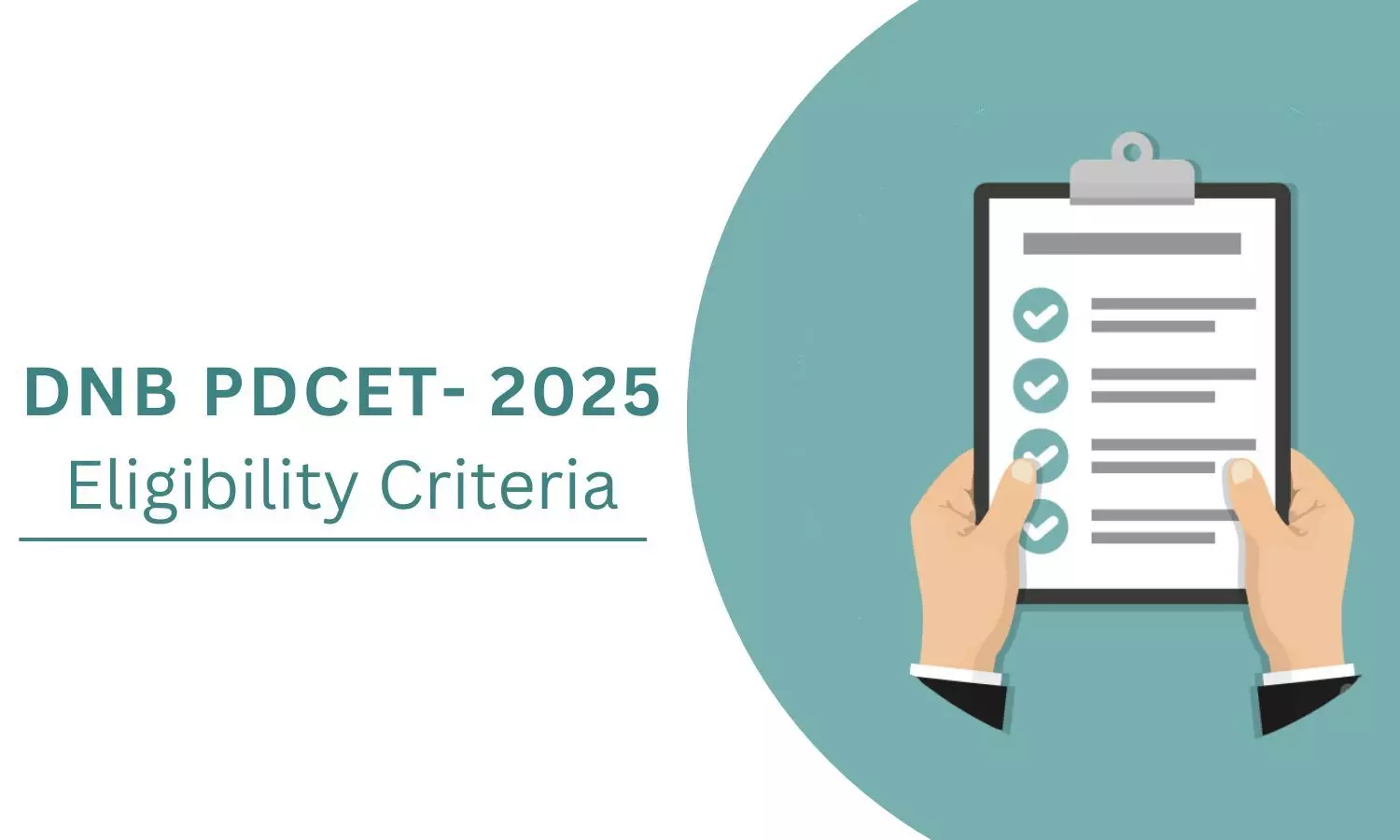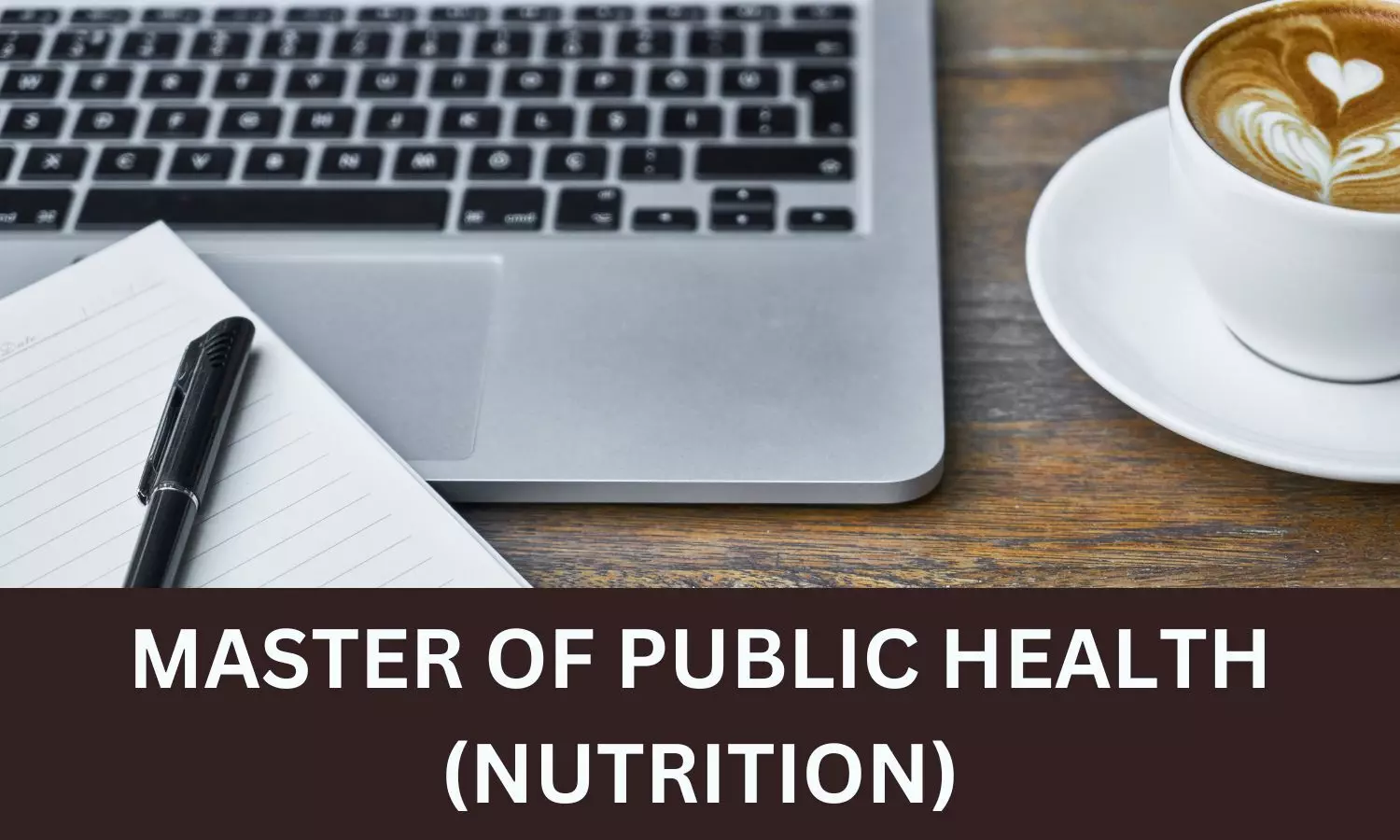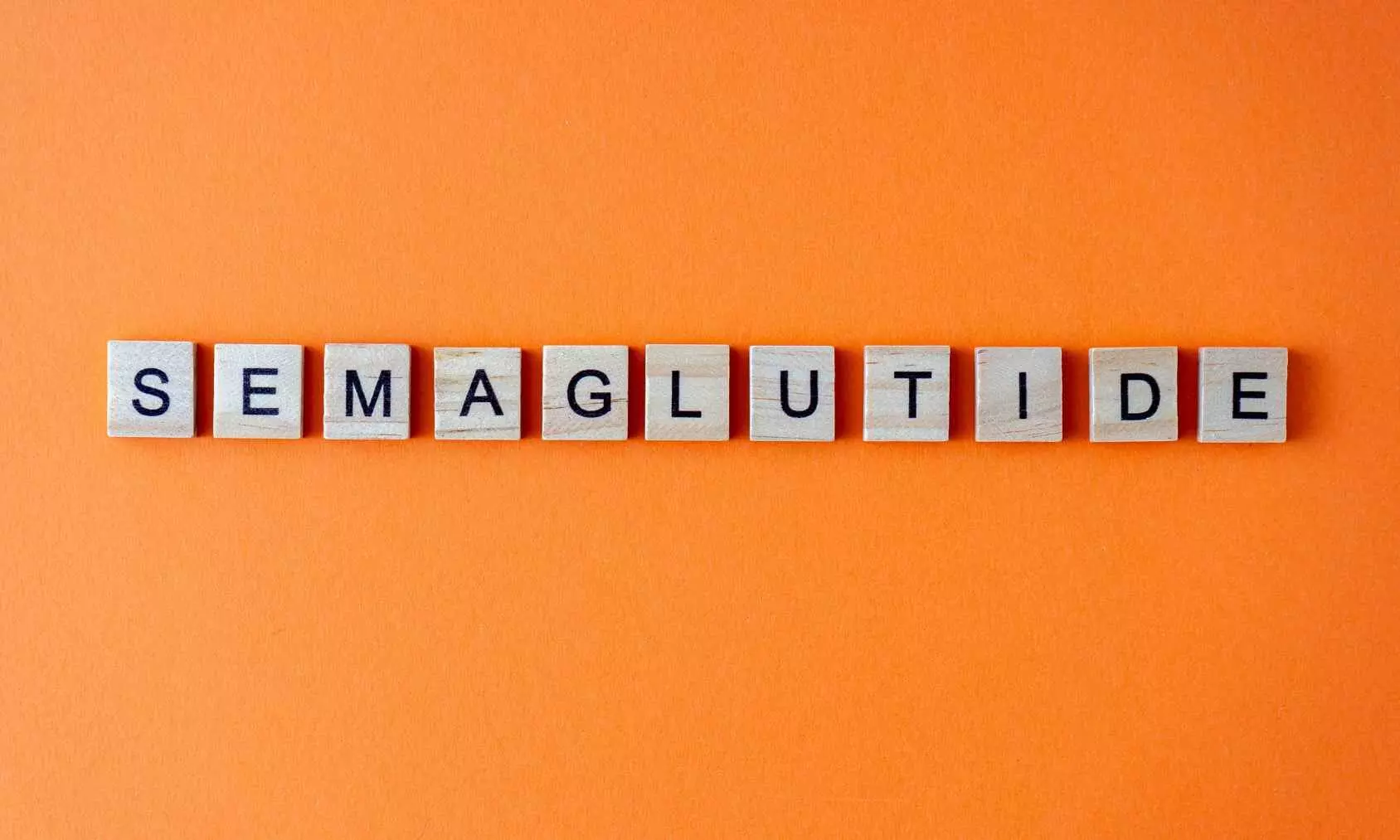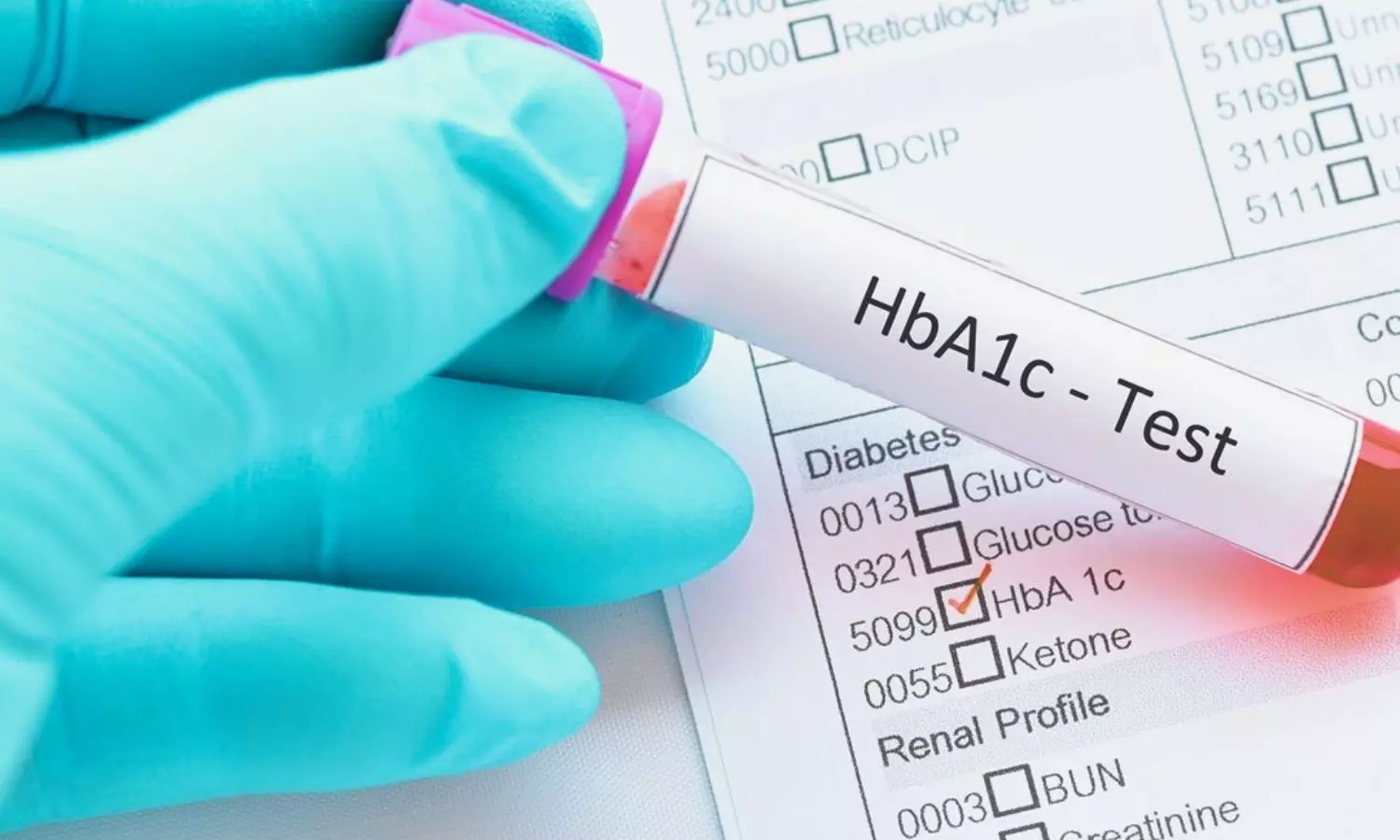
A Pinterest post claims that homemade mouthwash made with bay leaves, cloves, lemon, and boiling water makes toothache disappear toothache in just 5 minutes. The claim is False.
Claim
The Pinterest post titled, “Relieves toothache in just five minutes” claims that, “Homemade mouthwash made with bay leaves, cloves, lemon, and boiling water makes toothache disappear toothache in just 5 minutes.” The Pinterest user Pepe Millonario posted a reel that states, “Relieve toothache in just five minutes. Yes, in just five minutes, the pain will disappear.” The reel further explains the remedy: “Start by placing four bay leaves in a glass container. Bay leaves treat bleeding and gingivitis. Then, add a teaspoon of cloves. Cloves eliminate bad breath, leave the breath fresh, and also instantly relieve toothache and eliminate cavities. Now we need half a lemon; cut it into slices. Lemon kills the microbes in the mouth, helping to reduce infection and improve oral hygiene. Before continuing, add boiling water, close the container tightly, and let it sit for an hour, and that’s it. So how to use this recipe: wash and rinse your mouth for one minute with this mouthwash.”
The Pinterest post can be accessed here.
Fact Check
The claim is False. While natural remedies like bay leaves, clove oil, and lemon juice may soothe mild discomfort, they cannot make a toothache disappear in 5 minutes. Addressing the root cause with proper dental care is essential for lasting relief.
Understanding Toothache and its Causes
Toothache also refer as Odontogenic pain is defined as pain initiating from the teeth or their supporting structures, the mucosa, gingivae, maxilla, mandible or periodontal membrane.
Toothache can present in different ways and is most often caused by inflammation of the dental pulp resulting from tooth decay (dental caries). It may also stem from dentine sensitivity to cold, sweet, or physical triggers, apical periodontitis, dental abscesses, pain following dental procedures (iatrogenic), teeth grinding (bruxism), or intense pain after treatments such as root canal therapy or apicectomy.
Toothache Management
The management of toothache focuses on relieving symptoms and, when needed, promptly referring the patient to a dentist for proper evaluation, diagnosis, and treatment. Pain control usually involves the use of analgesics such as paracetamol and NSAIDs. Antibiotics should only be prescribed if there are clinical indications of the infection spreading either locally or systemically. For infections involving the root canal system, the patient should be referred for either root canal therapy or tooth extraction
Health benefits of Bay Leaves, Cloves and Lemon
Bay leaf, scientifically known as Laurus nobilis, has been cultivated for thousands of years across European, tropical, subtropical, and Asian countries. It has long been valued for its use in food flavouring, essential oil applications, and traditional medicine. Bay leaf is known for its various biological activities, including wound healing, antioxidant, antibacterial, antiviral, immunostimulant, antifungal, analgesic, and anti-inflammatory properties.
Clove, scientifically known as Syzygium aromaticum, is a well-known and highly valued spice that has been used for centuries in food preservation and for various medicinal purposes. Its health benefits come from its rich antioxidant content and its antimicrobial, pain-relieving, and antiviral properties. These unique qualities have made clove stand out among other spices, as it is widely recognized for its significant health-promoting effects and its importance in traditional medicine throughout history.
Lemons (Citrus limon) are an excellent source of Vitamin C, a vital nutrient that boosts the immune system and helps the body defend against infections. They are rich in antioxidants, which help reduce oxidative stress and inflammation, contributing to better heart health by lowering cholesterol levels and blood pressure. The citric acid in lemons promotes healthy digestion by stimulating the production of gastric juices, while their alkalizing properties assist in maintaining the body’s pH balance. Additionally, lemons support skin health through their high Vitamin C content, which aids in collagen production and helps prevent skin ageing.
Can homemade mouthwash made with bay leaves, cloves, lemon, and boiling water make toothache disappear in just 5 minutes?
Bay leaf, clove, and lemon juice offer various health benefits, such as antioxidant, antibacterial, antiviral, immunostimulant properties, pain relief, and the ability to lower cholesterol levels and blood pressure. While bay leaf and clove may temporarily help manage toothache, there is no scientific evidence or medical consensus to support the claim that a mouthwash made with bay leaves, cloves, lemon, and boiling water can make a toothache disappear in just 5 minutes.
A review article from the Dental Journal highlights that bay leaf possesses analgesic, antibacterial, and anti-inflammatory properties due to the presence of eugenol, which might help in temporarily alleviating toothache. However, while bay leaf may reduce pain in the oral cavity and provide temporary relief, it is crucial to address the root cause of the toothache, such as cavities, infections, or gum disease. Additionally, the study does not claim that dental pain will disappear suddenly within 5 minutes.
Similarly, another review article published in the Indian Journal of Research in Pharmacy and Biotechnology discusses the role of clove in managing toothache. The review highlights that clove oil is commonly used for toothache relief. However, this study does not provide any evidence supporting the sudden disappearance of toothache within 5 minutes by the application of clove oil.
Likewise, a study published in the Journal of Oral Hygiene and Health concluded that lemon juice could be effectively and safely used as a rinse to maintain oral hygiene. However, the study does not mention lemon or its effect on relieving tooth pain.
There is no scientific evidence to support the claim that bay leaves, clove oil, and lemon juice, individually or in combination, can make a toothache disappear in just 5 minutes. While studies mention the potential roles of bay leaf and clove oil in managing toothache and lemon juice in maintaining oral hygiene, none of these ingredients address the root causes of toothache. The primary causes, such as dental caries, pulp inflammation, dental abscesses, or gum inflammation due to infection, must be treated to effectively manage toothache. Additionally, there is no consensus within the dental community supporting the claim that a homemade mouthwash made with bay leaves, cloves, lemon, and boiling water can instantly relieve toothache in just 5 minutes.
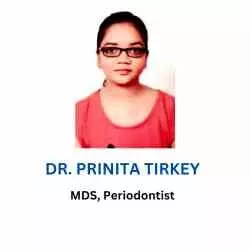
Dr. Prinita Tirkey, MDS Periodontist, Rajmata Smt. Devendra Kumari Singh Deo Govt Medical College and Hospital Ambikapur, Surguja, Chhattisgarh told Medical Dialogues, “Toothache can be frustrating, and while natural remedies like bay leaves, clove oil, or lemon juice might provide mild, temporary relief, it’s impossible for these ingredients to make a toothache disappear in just 5 minutes. The root causes, such as cavities, infections, or gum disease, need proper dental treatment for lasting relief.
To this Dr Meenakshi Sahu, Senior Associate Dentist, at Vyas Dental Inn, Raipur(C.G) added “Tooth pain is usually a sign of a deeper issue, like decay, infection, or gum problems, which natural remedies can’t fix. Ingredients like clove oil or bay leaves may offer brief relief, but expecting them to completely eliminate pain in 5 minutes is unrealistic. It’s important to consult a dentist to identify and treat the real cause of the pain properly.”
Medical Dialogues Final Take
Natural remedies like bay leaves, clove oil, and lemon juice may provide temporary comfort for toothache, but they cannot resolve the root causes such as cavities, infections, or gum issues. It’s unrealistic to expect these ingredients to completely eliminate pain within 5 minutes. Toothache requires proper diagnosis and treatment by a dentist to address the underlying problem and provide lasting relief.
Hence, the claim that homemade mouthwash made with bay leaves, cloves, lemon, and boiling water makes toothache disappear in just 5 minutes is False.




